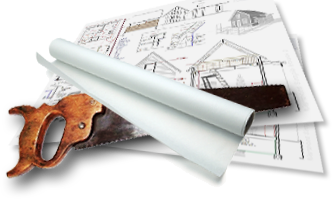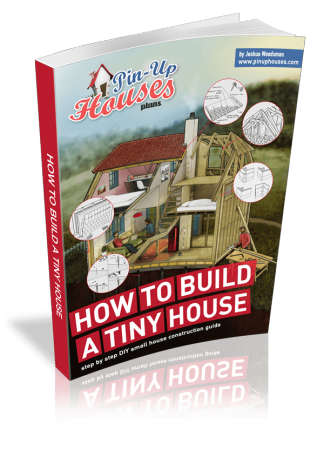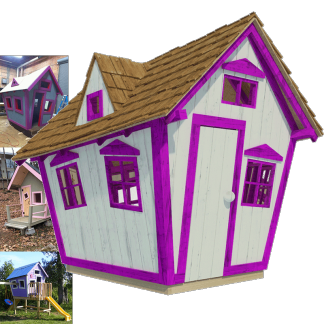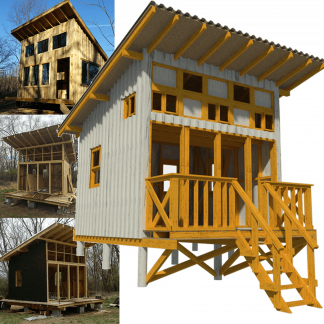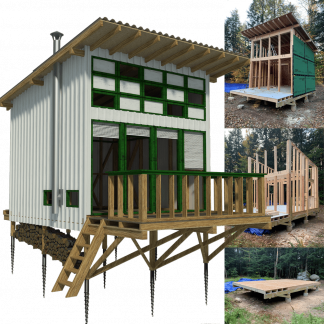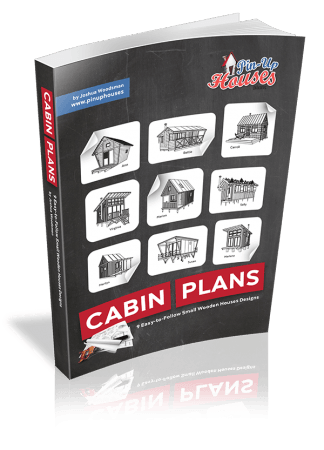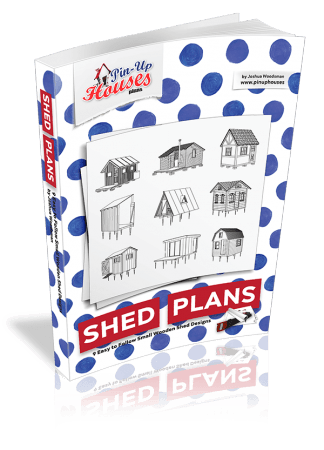Renovating your home might be a thrilling experience, but it must be planned well to prevent cost-justifying errors and delays. From budgeting to sourcing the correct materials, every phase is important. For instance, if your project requires you to upgrade your electrical system or use heavy equipment, you may require a phase converter to make your tools safe for use.
Likewise, if plumbing work is part of your renovation, having a source for a good plumbing supply store can save you time and energy. Having quality plumbing supply parts before you begin will ensure your project flows smoothly. In this guide, we will walk you through the critical steps to keep in mind while remodeling your home, with handy and expert tips to make your renovation a success.
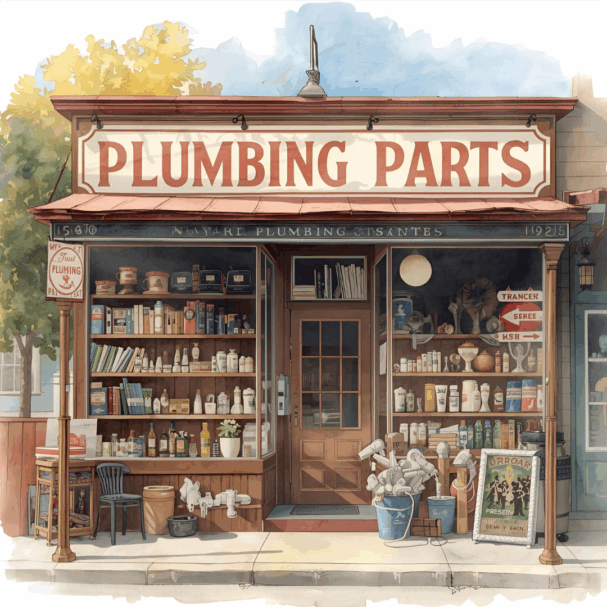
Key Steps for a Successful Home Renovation
Are you new to home renovating? Follow these essential steps from preparation work to final details. These steps will help you to stay organized, budget-friendly, and stress-free through the process.
Step 1 – Begin With a Good Renovation Plan
The beginning of any successful renovation has a good plan. Before you take down the walls or order new tiles, you should introspect and ask yourself:
- What is the overall purpose of this renovation?
- Are you enhancing the utility of the room, or merely giving it a new look?
- Will you be handling the work yourself, or will you assign it to a contractor?
Having answers to these questions is important so that the renovation starts on the correct path and saves you money and energy wherever possible. Write everything on paper, from goals to estimated expenses, to the materials required.
For example, if you are renovating your bathroom, you must have layout modifications, rerouting of plumbing, waterproofing, upgrading of fixtures, and the color palette. This ensures that you don’t forget any detail when the renovation starts.
Step 2 – Establish a Reasonable Budget
Budgeting is perhaps the most important aspect of renovation planning. Mostly, people underestimate the budget, which leads to frustration and project delays.
Begin by Estimating:
- Labor cost (if you’re hiring contractors)
- Materials (tiles, paint, wood, fixtures, etc.)
- Equipment or tool for rent
- Utility upgrades (if relevant)
After you estimate your expenses, have a scope to add 10-15% to the total as an allowance for the unexpected. This will allow you to remain flexible while spending more.
| Pro Tip: Prioritize your must-haves. If your budget tightens, it’s easier to cut non-essentials when you’ve already ranked them in order of importance. |
Step 3 – Get Permits and Inspections
Most homeowners overlook this step, particularly with smaller projects, which leads to regrets. If your project involves structural modifications, plumbing, or electrical work, you may need a permit. These regulations differ from city to city, so contact your local building department.
Why Does it Matter?
- To avoid legal trouble or fines
- To prevent problems when selling your home
- To ensure your renovation work meets safety codes
A few contractors will take care of permits for you, but if you’re doing it yourself, it’s beneficial to call the municipality beforehand.
Step 4 – Accumulate Your Supplies, Materials, and Equipment
Don’t wait until project day to begin accumulating your supplies. Prepare a list of everything you’ll require, from major items to tiny pieces. If you’ll be doing any bigger renovations with overhead safety issues or the possibility of falling debris, like work on the roof, make sure you purchase safety equipment like hard hats and safety gloves to keep everyone safe. If your renovation incorporates any plumbing renovations, where you need plumbing parts, go to a reliable plumbing supply store before your start date.
These stores have long-lasting, code-proven materials, specialty parts that are unavailable at big box stores, and professional guidance on what components you’ll require.
You can stock up on plumbing supply parts such as angle valves, connectors, PEX tubing, and Teflon tape for the kitchen or bathroom. These little things are easy to overlook, but are necessary to complete the job effectively.
| Quick Tip: Purchase additional fittings and connectors in advance. It’s not a waste of money as they are easier to return if not used than going to the store in the middle of your project. |
Step 5 – Get Your Electrical Equipment Ready
Most home renovations involve power equipment, sometimes heavy-duty equipment like air compressors, lathes, or big saws. But the problem is that single-phase power is available in most homes, and some of the equipment demands three-phase. In such a situation, you need a phase converter.
What is a Phase Converter?
It enables you to power three-phase electrical tools with your common residential power outlet. It’s a smart investment if you’re going to be running commercial-quality tools through your renovation process or thereafter.
For instance, if you are using a do-it-yourself cutting stone for countertops, you will need a heavy-duty wet saw. Without a phase converter, this equipment couldn’t operate effectively, holding up the whole kitchen renovation.

Conclusion
Renovating your home doesn’t need to be a nightmare, but it does need careful preparation. Begin with careful planning, establish a realistic budget, get permits in order properly, and ensure everything is ready with materials and tools.
Purchasing from a good plumbing supply store will provide you with the highest quality plumbing supply parts, and having a phase converter installed will keep your power tools operating efficiently and safely.
Go slow, have faith in the process, and your renovation will be a success all the way!
FAQs
Q1. Do I need a phase converter for home improvement equipment?
You might need it. If your equipment is designed to use three-phase power and you just have single-phase power, you need a phase converter.
Q2. Where can I obtain good plumbing components?
Plumbing supply stores are your saviour. They sell professional-grade plumbing supply components that are longer-lasting and more reliable than what you can find in general hardware stores.

